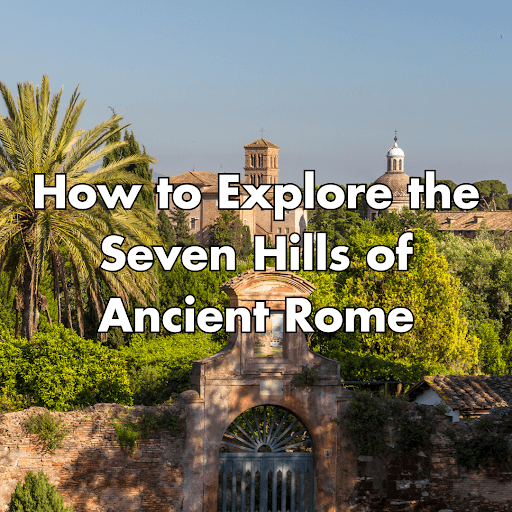The city of Rome, located in Italy, is a beautiful place to visit. It is one of the oldest cities in Europe and is also known for its stunning architecture.
Rome was founded around 753 BC and is still one of the most well-known cities today.
Rome was founded on seven hills. The traditional hills of Rome, or the seven hills of Rome, are Quirinal hill, Capitoline hill, Esquiline hill, Viminal hill, Caelian hill, Palatine hill, and Aventine hill.
The Tiber River is the longest river in Italy, and it passes through Rome.
The Seven Hills are a must-visit in Rome, offering stunning views of the ancient world and the city’s rich history. You’ll find breathtaking scenery, important churches, and iconic landmarks throughout the area.
Each of Rome’s seven hills is unique, and they all have different museums and ancient places that attract tourists.
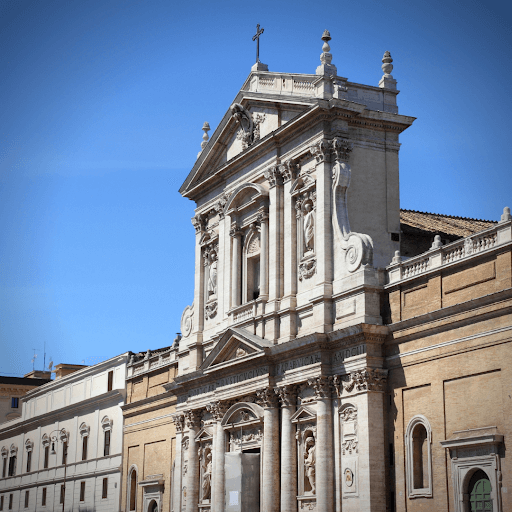
Quirinal Hill:
Quirinal Hill is one of the seven hills in Rome, located northeast of the city center. According to ancient Roman legends, it was a small village that had been home to the Sabines and King Titus Tatius, who lived there after the peace between the Sabines and Romans.
Quirinal Hill is the highest of the seven hills. During the Roman Republic, it became a popular area for the affluent, and many temples were built there, including the Temple of Quirinus, which was dedicated solely to the Sabine God of war.
The hill’s location made it a well-known area for wealthy citizens. It was a wealthy residential area of Rome and later became a center of political power.
Now, the hill is best known for housing the Quirinal Palace, the official residence of the Italian president. The palace was originally built in the 16th century as a summer home for the popes.
The palace’s beautiful architecture and detail showcase the time and care it took to build it. Tourists and residents can now walk around the palace, which shows the richness of the hill and its importance in Ancient Rome.
Overall, Quirinal Hill is a very calm and popular hill in Rome, and you should definitely tour it sometime!
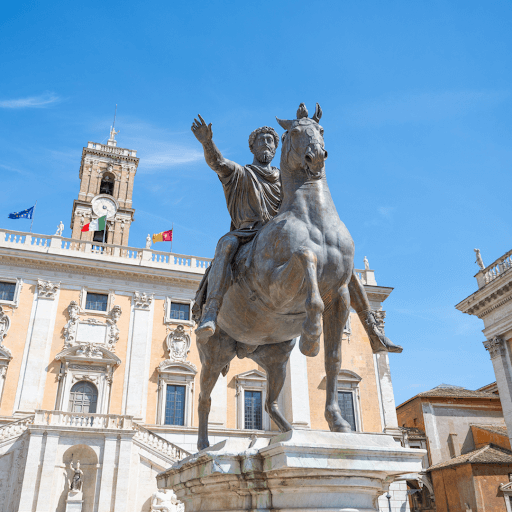
Capitoline Hill:
The Capitoline Hill of Italy holds a significant place and is very important in the history and culture of Italy. It is the smallest of the seven hills of Rome while serving as the political and religious center of Ancient Rome.
The hill was dedicated to the worship of Jupiter, the king of all the Gods. It also housed the Temple of Jupiter Optimus Maximus, which was one of the most important temples in Ancient Rome.
The Capitoline Hill holds many important events that showcase Roman history, like political ceremonies and military triumphs. The hill is home to the Piazza del Campidoglio, designed by Michelangelo in the 16th century. The Piazza del Campidoglio is a public square that can hold events, and it translates to Capitoline Square in English.
The square is surrounded by the Palazzo Nuovo, which houses the Capitoline Museums, which play a big part in showing the architecture and art of Ancient Rome.
Today, the hill holds a big part in the history of Roman arts and culture. Tourists and visitors are able to explore the sites on the hill and get a beautiful view of the city of Rome. The hill of Capitoline is truly a site you would want to see if you ever considered visiting Rome!
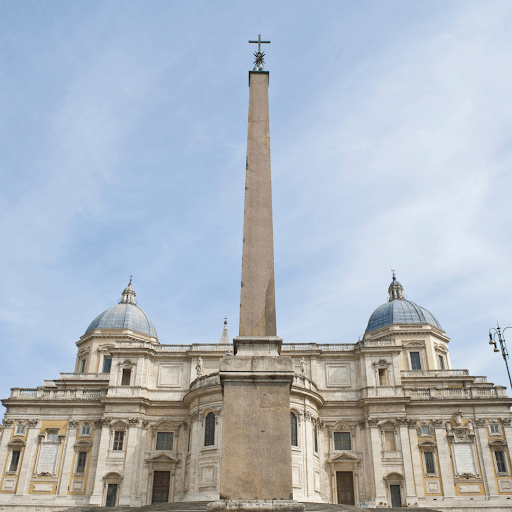
Esquiline Hill:
The Esquiline hill is located east of the city center of Rome and, like the other hills, plays a vital role in Ancient Roman history. It is the largest of all the hills, and in ancient times, it was known for its luxurious villas and gardens.
One of the most notable features of the Esquiline hill is the Domus Aurea, a palace built by Emperor Nero after the great fire of Rome in 64 AD. This palace was known for its beautiful decorations and gold. It can still be explored today, showing a glimpse of the beautiful architecture of Ancient Rome.
The Esquiline hill was also home to various religious sites. The Basilica di Santa Maria Maggiore is one of the four major basilicas of Rome. A basilica is an old, ancient building where courts and political functions were held.
The basilica dates back to the 5th century of Rome and is an example of Christian architecture. Today, Esquiline Hill shows an important part of Rome’s historical landscape and beautiful decor. Tourists and visitors can visit these sites located on the hill and see the richness of Roman history.
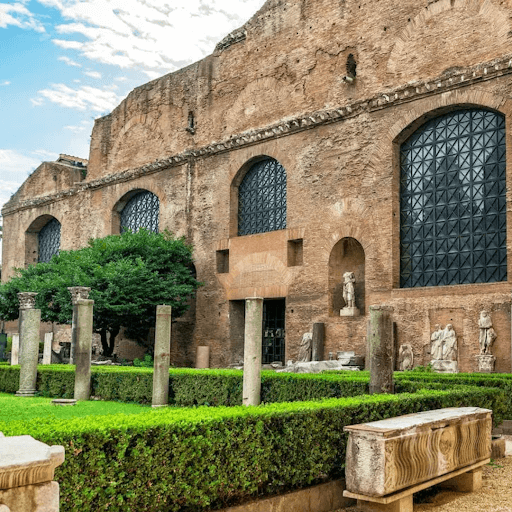
Viminal Hill:
Viminal Hill in Rome is often overlooked by the other hills but still holds unique significance in Rome’s history. Located just northeast of the city center, Viminal is the smallest of all the seven hills. Yet it has still played an important role throughout Roman history just like the other hills.
In Ancient Rome, the Viminal Hill was a residential area home to many temples and public buildings. It was known for its beautiful gardens and great climate, making it a popular location for the wealthy citizens of Rome.
One of the most notable structures on the hill was the Temple of Venus and Roma, which was dedicated to the Goddesses Venus and Roma.
Today, Viminal Hill is known for its modern developments like the Termini Station, Rome’s main Railway hub that connects the city to different destinations across Italy and beyond. The hill also has the Piazza Della Repubblica, a vibrant square surrounded by astonishing architecture, including the Basilica of Santa Maria dei Angelo e dei Martiri, designed by Michelangelo.
The Basilica of Santa Maria dell’Angelo e dei Martiri is the only Renaissance-style church built in Rome.
Despite the Smaller size of Viminal Hill, it has pretty cool architecture overall, making it a fascinating place to explore. Make sure to check out this hill if you are ever in Rome!
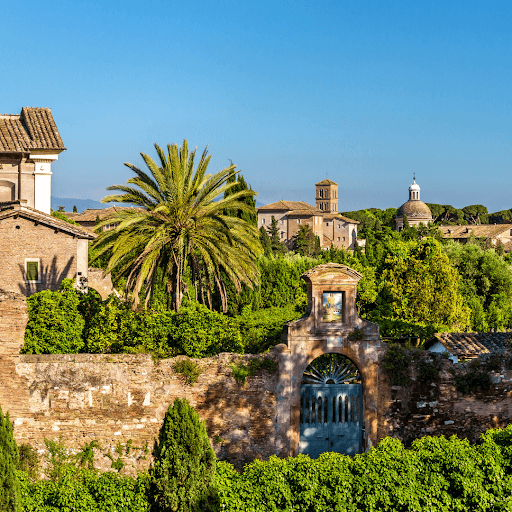
Caelian Hill:
Caellian hill located to the southeast of the city center of Rome is best known for its beautiful unique landscapes, ancient ruins and great atmosphere. Caelian Hill has luxurious villas and gardens that give you a retreat from the crazy city of Rome.
The hill is home to several different archeological sites, such as the Basilica of Santi Giovanni e Paolo. This is a church that was built over the remains of two martyrs, which is crazy. This Basilica is famous for its beautiful mosaics and frescoes, which show the early Christianity in Rome.
This hill also has Ancient Roman houses named “Casa di Nerone”; they can be found on Caelian hill. They showcase the domestic life of the wealthy during the imperial era of Rome.
Today and in more recent times, this hill has a mix of modernized buildings and historical sites. This hill is also known for its beautiful parks, such as Parco della Celi, with a beautiful greenery that you can take a stroll through.
Caelian Hill is a combination of modernization, such as modern buildings and historical sites, which offers uniqueness to it. It is definitely a hill you want to see when you take your trip to Rome!
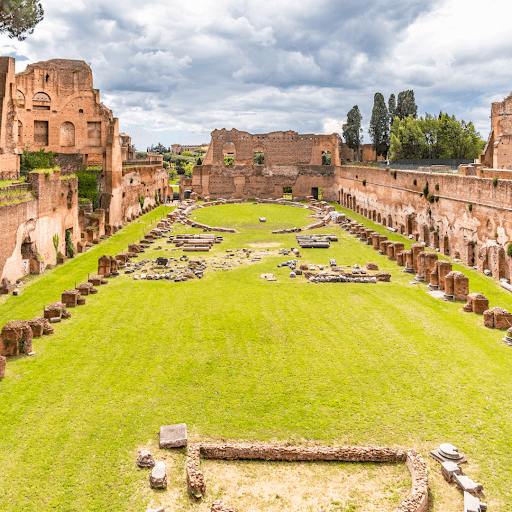
Palatine Hill:
Palatine Hill is one of the most historically significant sites in Rome. It is known to be the birthplace of Rome, and it is located right in the heart of the ancient city between the Circus Maximus and the Roman Forum. It is one of the seven hills that offers an amazing view of the rest of the Roman city and surrounding areas.
This hill is known to be the site where Romulus founded Rome back in 753 B.C., making it a central location in the story of the city’s origins. There have been many wealthy ancient structures revealed on this hill, such as the remains of imperial palaces, temples, and residences.
The most notable among all of these places is the Domus Augustus, which shows the power of the Roman emperors. Visitors can explore the house of Livia, Augustus’s wife, which has preserved frescoes and shows the artistic achievements of that time in history.
In addition to all of this, Palatine Hill is also a beautiful park filled with gardens and old, ancient trees. Walking through the gardens feels like a breath of fresh air from the city of Rome.
Palatine Hill is a must-visit when planning your trip to Rome. There is so much to see, including nature and archeology, and it is overall a beautiful place to explore!
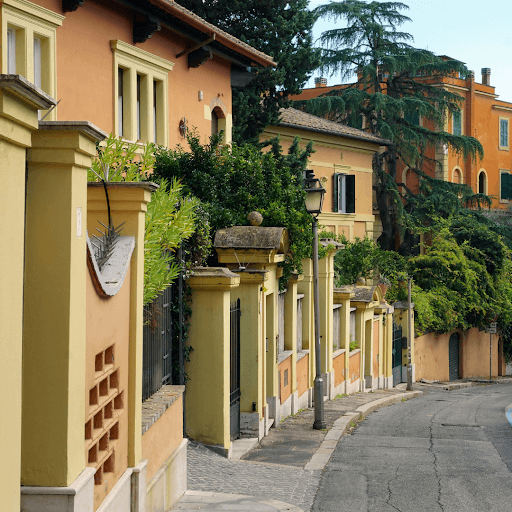
Aventine Hill:
Aventine Hills is one of the less popular hills in Rome but is still beautiful and historical. Located south of the Tiber River, Aventine Hill is often celebrated for its charming gardens, streets, and significant historical landmarks.
Aventine Hill was associated with the plebeians, who were the common people of Ancient Rome. The hill is home to important sites such as the Basilica of Santa Sabina, a stunning example of early Christian architecture going back to the 5th century. It has beautiful wooden doors, and the interior makes it a must-visit.
One of the most famous attractions on the hill of Aventine is the Knights of Malta Keyhole. It is an iconic spot that offers a unique view of St. Peter’s Basilica, where Saint Peter lived, with the surrounding area being beautiful greenery providing an Instagram-worthy picture for visitors.
The Orange Garden, also known as the Giardino dei Aranci, offers breathtaking views of the city and peaceful relaxation. The Aventine oil is a hidden gem out of all the seven hills of Rome. Its combination of gardens and historical significance makes it a great experience when visiting Rome. It is definitely a place you want to check out in Rome!
I hope this gave you an overview of the seven hills of Rome, and now you know what you’re going into when you go there.
The seven hills of Rome are definitely one of the best places to visit while in Italy, and they are worth visiting.
It really gives you an overview of the history of Rome, and there is a site you definitely want to see!

